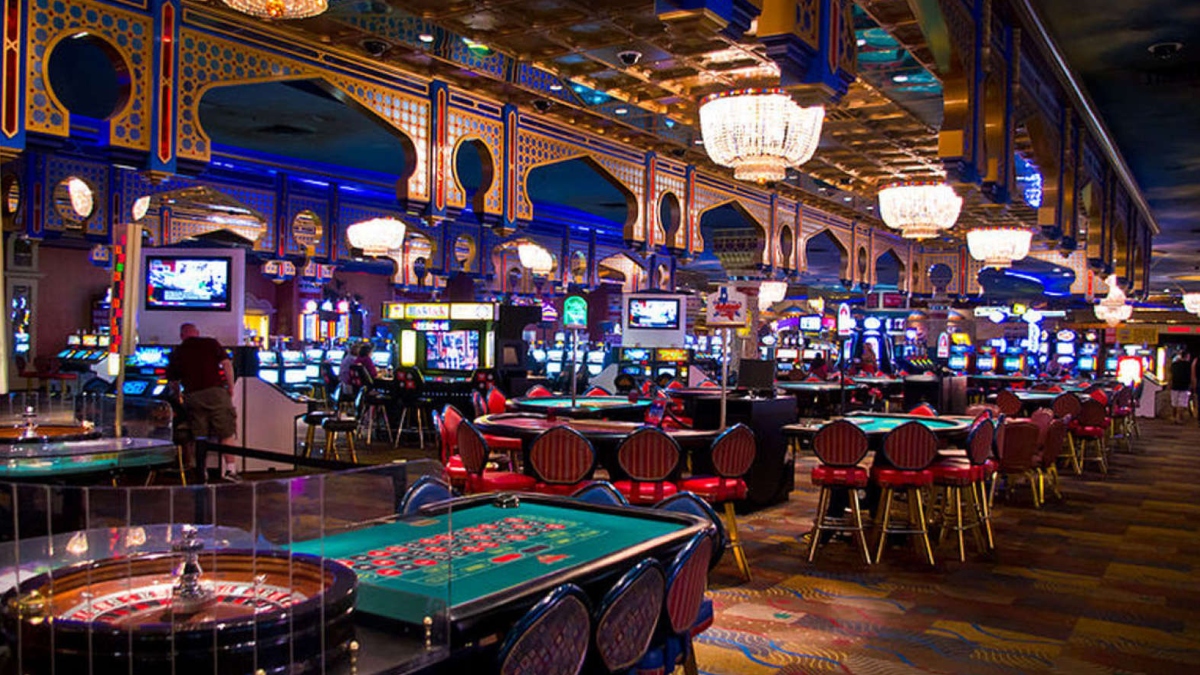
Casino experiences have long captivated human interest, drawing gamblers into a realm filled with chance, tactics, and the allure of thrill. Each activity is meticulously crafted not just for entertainment, but also to elicit particular emotional responses that keep participants engaged and interested. Understanding the drives behind these designs reveals much about how psychology plays a key role in the gaming experience.
From the dazzling lights and vibrant sounds to the sophisticated layering of systems and rewards, casino games are designed to create an atmosphere of anticipation and eagerness. Game designers leverage behavioral strategies to influence player behavior, whether through the use of winning opportunities, almost wins, or social interactivity. By examining these elements, we can better appreciate how casino games fulfill not just a need for entertainment, but underlying psychological needs for adventure and uncertainty.
Understanding Gamer Behavior
Casino games are engineered with a profound grasp of player psychology, which is crucial for luring and keeping players. The excitement of the game, alongside the hope of winning, establishes a formidable draw. Game designers make use of elements like sonic elements, vibrant graphics, and captivating gameplay to capture attention and elicit emotional responses. These sensory effects enhance the overall experience, making players feel more attached in the game.
Another important aspect of player behavior is the notion of risk/reward dynamics. Casino games often manage high-stakes situations with the potential for significant rewards, which can lead to the event known as near-miss experience. When players come close to winning, the brain releases dopamine, reinforcing their behavior and encouraging them to continue playing in quest of that hard-to-reach win. This cycle of hope and letdown plays a crucial role in how games are designed and advertised.
Lastly, social factors also play a critical role in player behavior at casinos. Many games are crafted to be played in pairs or in company with other players, fostering a sense of community and collective experience. The social interaction inherent in games like poker enhances enjoyment and can lead to extended gameplay. Designers capitalize on this by designing environments that prompt players to linger, socialize, and revisit, making the overall casino experience more inviting.
The Role of Visuals and Sound
Visuals and audio play a vital role in enhancing the player’s experience within casino games. Designers utilize vibrant colors, eye-catching graphics, and engaging animations to capture players’ attention and maintain their interest. The use of motifs, such as exploration or opulence, helps create an engaging atmosphere that takes players into another world. By connecting to the senses, these elements add to a heightened emotional response, encouraging players to engage more profoundly with the games.
Sound design is equally important in enhancing the overall experience of gambling games. The mix of background music, sound effects for successful combinations, and environmental noises creates an sound landscape that keeps players fascinated. Sounds associated with victories, such as chiming bells or celebratory music, evoke feelings of thrill and reward, prompting players to continue playing. These audio cues are carefully placed to amplify the thrill of the game and create a more immersive experience.
Moreover, the synchronization of imagery and audio is crucial for reinforcing the game’s overall theme and mood. Each element should align harmoniously to create a cohesive experience that pulls players in. The effective use of this integration not only enhances user enjoyment but also increases the chances of return play, as players become more invested in the captivating world that the casino games offer. This thoughtful combination of visuals and audio ultimately enhances player involvement and commitment.
Reward Systems and Engagement
The development of gambling games significantly depends on incentive systems to keep players engaged and returning for additional experiences. These structures are rooted in psychological principles that take advantage of human nature and desire. nohu90 Participants are often motivated by the thrill of winning, which is reinforced by immediate responses through the game’s mechanics. This prompt satisfaction not just improves the gaming experience but also cultivates a feeling of achievement, encouraging players to continue participating in hopes of bigger rewards.
Casinos utilize various incentive systems, such as jackpots, bonuses, and increased rewards, to captivate players. These features create a layer of excitement that sustains engagement. Additionally, the unpredictability of results plays a crucial role in sustaining attention. The variable reward system, where wins are unpredictable but occur often enough, keeps participants on edge and motivated to continue participating. This loop of hope and anticipation is essential to the effectiveness of gambling experiences.
Moreover, community aspects, such as competitive events and collaborative options, enhance the engagement factor by leveraging the desire to compete of players. The shared experience of playing with fellow participants can intensify the thrill of success and create a sense of community within the gaming space. By integrating these social dynamics with efficient reward systems, gambling experiences not only provide entertainment but also foster a deeper connection among participants, solidifying their loyalty to the overall experience.